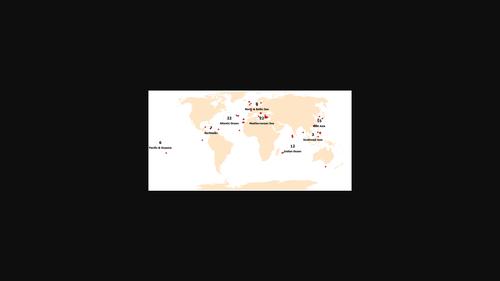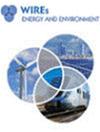A review of 100% renewable energy scenarios on islands
IF 5.4
3区 工程技术
Q2 ENERGY & FUELS
引用次数: 13
Abstract
Globally, more than 740 million people live on islands which are often seen as ideal environments for the development of renewable energy systems. Hereby, they play the role to demonstrate technical solutions as well as political transition pathways of energy systems to reduce greenhouse gas emissions. The growing number of articles on 100% renewable energy systems on islands is analyzed with a focus on technical solutions for transition pathways. Since the first “100% renewable energy systems on islands”‐article in a scientific journal in 2004, 97 articles handling 100% renewable energy systems on small islands were published and are reviewed in this article. In addition, a review on 100% renewable energy systems on bigger island states is added. Results underline that solar PV as well as wind are the main technologies regarding 100% RES on islands. Not only for the use of biomass but for all RES area limitation on islands needs to be taken more seriously, based on full energy system studies and respective area demand. Furthermore, it is shown that there is still not the same common sense in the design approach including and starting at the energy needs as well as on multi‐sectoral approach. The consideration of maritime transport, aviation, cooling demands, and water systems beyond seawater desalination is only poorly considered in existing studies. Future research should also focus on developing pathways to transform the existing conventional infrastructure stepwise into a fully renewable system regarding also the interconnections with the mainland and neighboring islands.

岛屿100%可再生能源情景综述
在全球范围内,超过7.4亿人生活在岛屿上,这些岛屿通常被视为发展可再生能源系统的理想环境。因此,他们发挥了展示能源系统减少温室气体排放的技术解决方案和政治过渡途径的作用。分析了越来越多关于岛屿上100%可再生能源系统的文章,重点是过渡路径的技术解决方案。自2004年科学期刊上发表第一篇“岛屿上的100%可再生能源系统”文章以来,共发表了97篇关于小岛屿上100%可再生能源的文章,本文对此进行了综述。此外,还增加了对较大岛国100%可再生能源系统的审查。研究结果强调,太阳能光伏和风能是岛屿上100%可再生能源的主要技术。不仅对于生物质的使用,而且对于岛屿上的所有可再生能源面积限制,都需要根据全面的能源系统研究和各自的面积需求,更加认真地对待。此外,研究表明,在包括能源需求在内的设计方法以及多部门方法方面,仍然没有相同的常识。在现有的研究中,对海运、航空、冷却需求和海水淡化以外的水系统的考虑很少。未来的研究还应侧重于开发将现有传统基础设施逐步转变为完全可再生系统的途径,以及与大陆和邻近岛屿的互连。
本文章由计算机程序翻译,如有差异,请以英文原文为准。
求助全文
约1分钟内获得全文
求助全文
来源期刊

Wiley Interdisciplinary Reviews-Energy and Environment
ENERGY & FUELS-
CiteScore
11.70
自引率
3.30%
发文量
42
期刊介绍:
Wiley Interdisciplinary Reviews: Energy and Environmentis a new type of review journal covering all aspects of energy technology, security and environmental impact.
Energy is one of the most critical resources for the welfare and prosperity of society. It also causes adverse environmental and societal effects, notably climate change which is the severest global problem in the modern age. Finding satisfactory solutions to the challenges ahead will need a linking of energy technology innovations, security, energy poverty, and environmental and climate impacts. The broad scope of energy issues demands collaboration between different disciplines of science and technology, and strong interaction between engineering, physical and life scientists, economists, sociologists and policy-makers.
 求助内容:
求助内容: 应助结果提醒方式:
应助结果提醒方式:


